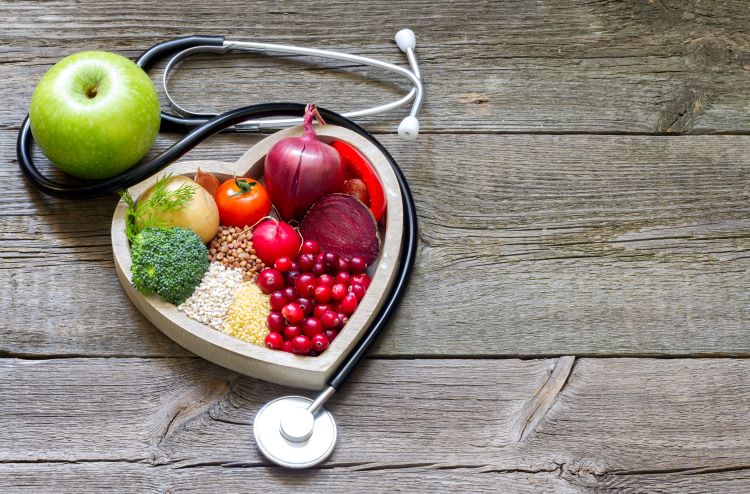Uncover Foods That Help Manage Diabetes: A Guide to Diabetic Friendly Eating and Sugar Control
Living with diabetes requires careful attention to diet and lifestyle choices. Understanding which foods can help manage blood sugar levels is crucial for maintaining overall health and well-being. This comprehensive guide explores diabetic-friendly food options, offering practical insights into making informed dietary decisions. From nutrient-rich vegetables to lean proteins, we'll delve into the world of foods that can positively impact diabetes management and help you take control of your health.

What are the best vegetables for diabetics to eat?
Vegetables are an essential component of a diabetic-friendly diet. Non-starchy vegetables, in particular, are excellent choices due to their low carbohydrate content and high fiber. Some of the best options include leafy greens like spinach, kale, and collard greens, which are packed with vitamins and minerals. Cruciferous vegetables such as broccoli, cauliflower, and Brussels sprouts are also beneficial, offering antioxidants and fiber that can help regulate blood sugar levels. Bell peppers, tomatoes, and cucumbers are other great choices, providing essential nutrients without significantly impacting blood glucose.
Which fruits can diabetics safely incorporate into their diet?
While fruits contain natural sugars, many can still be part of a healthy diabetic diet when consumed in moderation. Berries, such as strawberries, blueberries, and raspberries, are excellent choices due to their low glycemic index and high fiber content. Citrus fruits like oranges and grapefruits are also good options, offering vitamin C and other antioxidants. Apples and pears, with their skin on, provide a good source of fiber that can help slow down sugar absorption. It’s important to monitor portion sizes and pair fruits with protein or healthy fats to minimize blood sugar spikes.
What protein sources are recommended for diabetics?
Protein is an essential macronutrient for diabetics, as it helps maintain muscle mass and can slow down the absorption of carbohydrates. Lean meats such as chicken, turkey, and fish are excellent protein sources that won’t significantly impact blood sugar levels. Plant-based proteins like lentils, beans, and chickpeas offer the added benefit of fiber, which aids in blood sugar regulation. Eggs are another versatile protein option, rich in nutrients and easy to incorporate into meals. Greek yogurt and cottage cheese provide both protein and probiotics, which may have additional benefits for diabetics.
What whole grains should diabetics choose for better blood sugar control?
Whole grains are an important part of a diabetic diet, offering complex carbohydrates that are digested more slowly than their refined counterparts. Quinoa is an excellent choice, providing both protein and fiber. Oats, particularly steel-cut or rolled oats, can help stabilize blood sugar levels and provide lasting energy. Brown rice, barley, and bulgur are other wholesome options that can be incorporated into meals. When selecting bread or pasta, opt for whole grain varieties to ensure you’re getting the most nutritional benefit and better glycemic control.
Are there any unique foods or spices that can aid in diabetes management?
Several foods and spices have shown potential in aiding diabetes management. Cinnamon, for instance, has been studied for its ability to improve insulin sensitivity and lower blood sugar levels. Turmeric, with its active compound curcumin, may help reduce inflammation and improve insulin function. Chia seeds and flaxseeds are rich in omega-3 fatty acids and fiber, which can contribute to better blood sugar control. Apple cider vinegar, when consumed before meals, may help reduce post-meal blood glucose spikes. However, it’s important to note that while these foods may offer benefits, they should be part of a balanced diet and not relied upon as sole treatments for diabetes.
What are some simple food swaps diabetics can make for better nutrition?
Making smart food swaps can significantly improve the nutritional profile of meals for diabetics. Instead of white rice, opt for cauliflower rice or brown rice to reduce carbohydrate intake and increase fiber. Replace regular pasta with zucchini noodles or whole grain pasta for better blood sugar control. Swap out sugary beverages for water infused with fresh fruits or herbs. Choose Greek yogurt instead of regular yogurt for higher protein content and fewer carbs. Replace potato chips with air-popped popcorn or roasted chickpeas for a crunchy, satisfying snack with more nutrients and fiber.
| Food Swap | Benefits | Estimated Cost Difference |
|---|---|---|
| White Rice to Cauliflower Rice | Lower carbs, higher fiber | $0.50 - $1.00 more per serving |
| Regular Pasta to Zucchini Noodles | Fewer carbs, more nutrients | $1.00 - $1.50 more per serving |
| Sugary Drinks to Infused Water | Reduced sugar, zero calories | $0.50 - $1.00 less per serving |
| Regular Yogurt to Greek Yogurt | Higher protein, fewer carbs | $0.75 - $1.25 more per serving |
| Potato Chips to Roasted Chickpeas | More fiber, protein, and nutrients | $0.25 - $0.75 more per serving |
Prices, rates, or cost estimates mentioned in this article are based on the latest available information but may change over time. Independent research is advised before making financial decisions.
In conclusion, managing diabetes through diet involves making informed food choices that help control blood sugar levels while providing essential nutrients. By incorporating a variety of vegetables, fruits, lean proteins, and whole grains, diabetics can create satisfying meals that support their health goals. Remember that individual responses to foods can vary, so it’s crucial to monitor blood glucose levels and work with a healthcare provider or registered dietitian to develop a personalized meal plan that best suits your needs and lifestyle.




